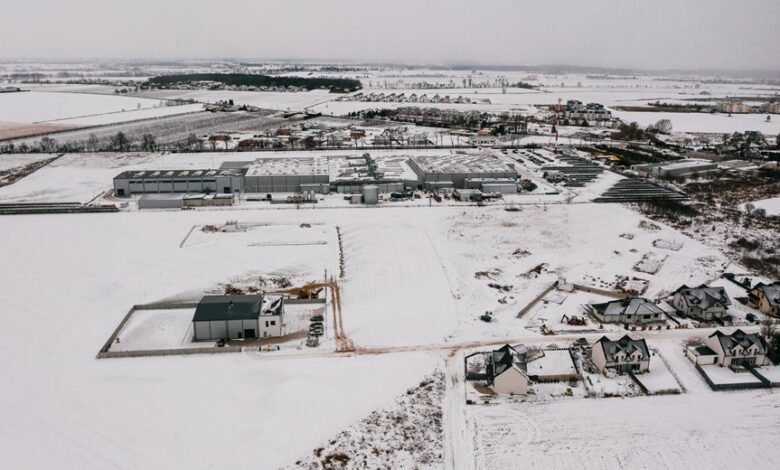3453511678 Understanding the Regional Distribution of Mobile Calls

The regional distribution of mobile calls reveals significant variations influenced by infrastructure, demographics, and consumer preferences. Urban centers typically display higher call frequencies due to improved connectivity, while rural areas struggle with limited access. Additionally, younger demographics often prefer messaging over traditional voice calls, altering the communication landscape. Understanding these patterns is vital for telecom providers aiming to optimize network performance and tailor offerings. This analysis raises critical questions about future trends and strategic adaptations.
Factors Influencing Mobile Call Distribution
While various elements contribute to the distribution of mobile calls, key factors include network coverage, user demographics, and technological advancements.
Call frequency is influenced by demographic variables such as age, income, and education level, which dictate usage patterns.
Moreover, advancements in technology enable greater connectivity, shaping user behavior and preferences, ultimately influencing how calls are distributed across different populations.
Regional Trends in Mobile Communication
How do regional variations influence mobile communication patterns?
These variations significantly impact mobile usage, as urban connectivity often dictates the availability and quality of service.
In urban areas, higher mobile usage corresponds to better infrastructure and technology, facilitating seamless communication.
Conversely, rural regions may experience limited connectivity, leading to disparities in mobile communication patterns and overall user experience across different locales.
Consumer Behavior and Call Patterns
What factors drive consumer behavior in mobile call patterns?
Call frequency is significantly influenced by usage demographics, including age, socioeconomic status, and cultural context.
Younger demographics tend to favor instantaneous communication methods, while older consumers maintain a preference for traditional calls.
Understanding these variables enables deeper insights into regional call patterns, revealing essential trends that shape the mobile communication landscape.
Implications for Network Performance and Economic Insights
Consumer behavior and call patterns have direct implications for network performance and economic insights within the telecommunications industry.
Network efficiency is influenced by regional call distribution, affecting resource allocation and capacity management. This, in turn, has significant economic impact, as optimized networks reduce operational costs and enhance service quality, ultimately fostering competitive advantages and supporting sustainable growth in the telecommunications market.
Conclusion
In an intricate tapestry of communication, the regional distribution of mobile calls reveals a landscape shaped by infrastructure, demographics, and evolving consumer preferences. Urban centers pulse with vibrant connectivity, while rural areas often languish in silence. As younger generations gravitate towards instant messaging, telecom providers must deftly navigate these shifting currents, ensuring that their networks not only meet demand but also bridge the widening chasm of access and quality, ultimately harmonizing the symphony of modern communication.




